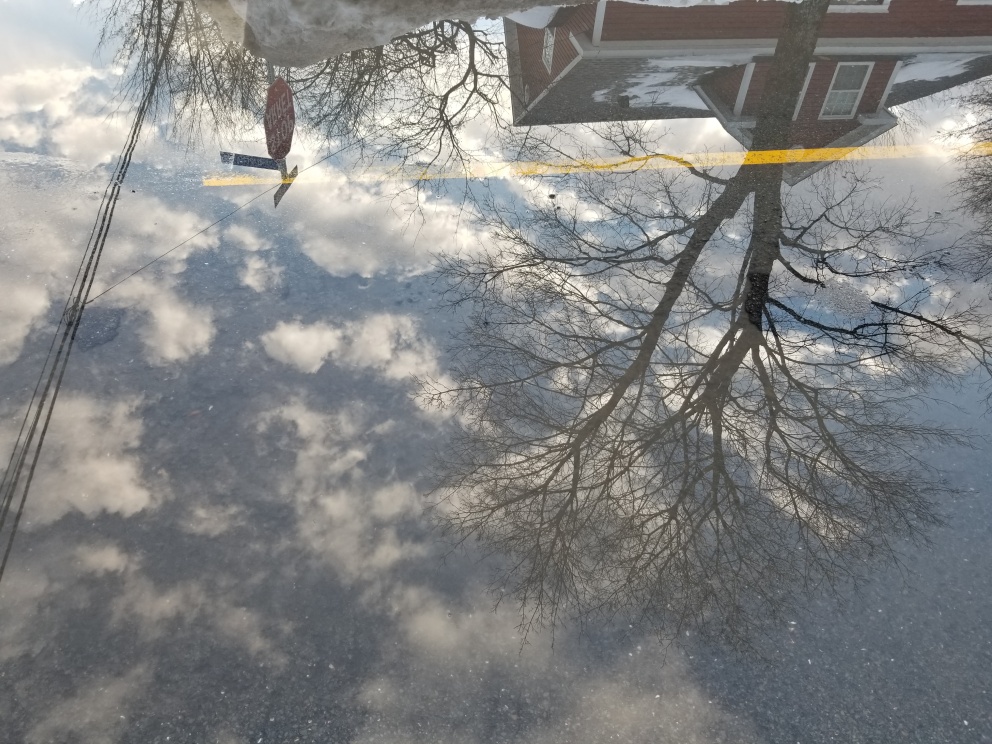“The long look”: a Language for Loneliness

I’m researching how we think about and express loneliness. I write almost completely autobiographically, using myself as a case study. How do I experience loneliness? What language do I have for it? This exploration took the shape of a long poem because one of it’s promises is that it will take time. A common long poem device is collage and in my search, I collect conversations, old poem lines, journal entries, and scripture verses. In Anthesis, Sue Goyette crafts a poetic memoir from a much earlier autobiographical novel manuscript. She uses the term “the long look” for her reckoning. Similarly, my collection process is a long, uncomfortable look. To find a language for my loneliness, I can’t be nervous of it. This process takes time. It demands reflection. It demands looking at events and emotions I’m familiar with differently and closely to remember all the lonely parts of them. Only then can I find language. I often feel like I have two perspectives: I know the loneliness I’m writing about has ended, the sky is now blue; but I also know the loneliness had felt consuming and unsolvable, like the sky and the ground had switched.